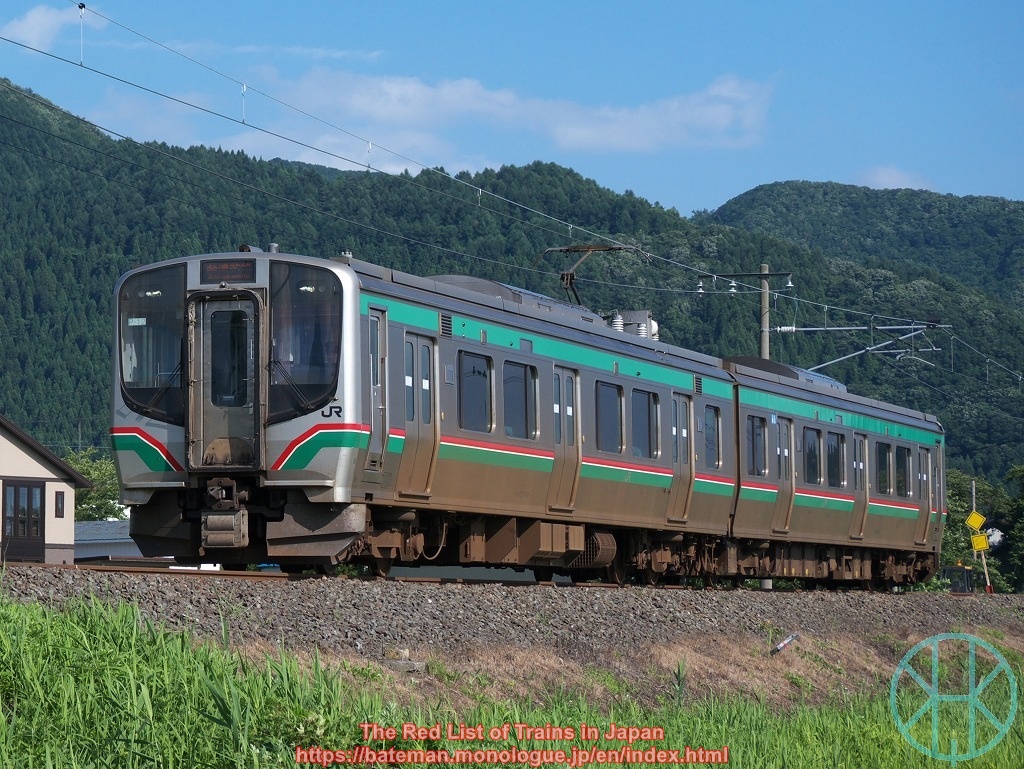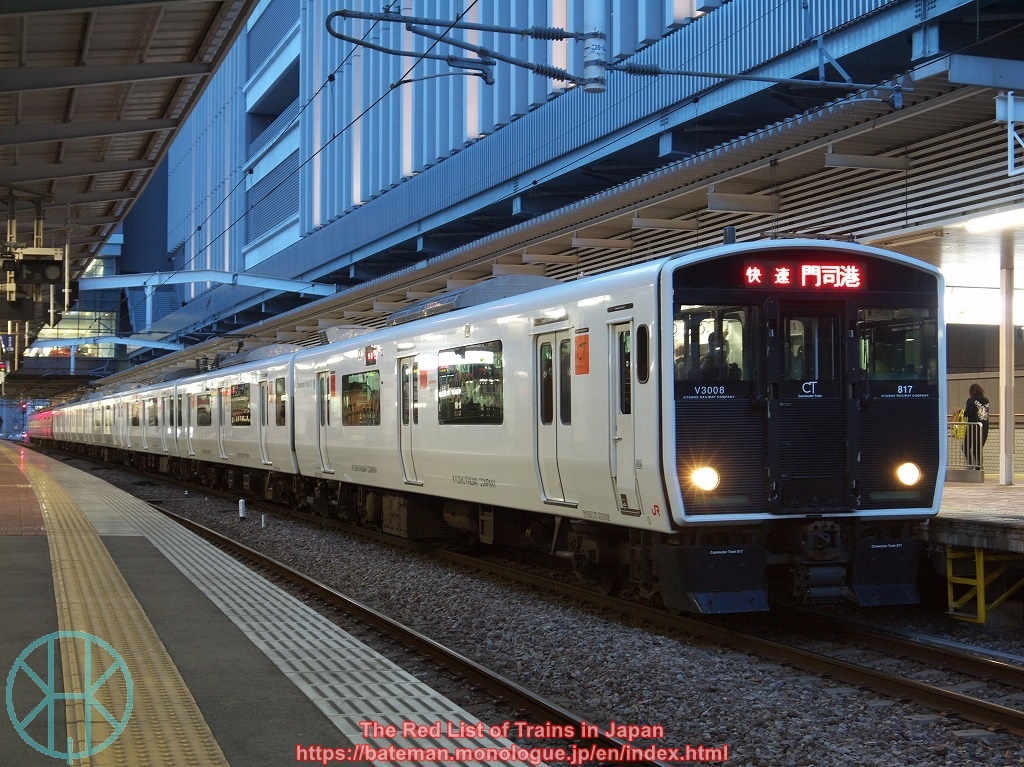 |
| A farewell sticker of Keikyu 2000 series |
Railway enthusiasts in Japan have been accused for years of frequently being overexcitable (see also HERE). When overexcited people gather at a small place, things often go spectacularly wrong. As railway operators are fed up with troubles, some of which caused service disruptions, the companies have been taking measures against trainspotters. One of them is NOT having any farewell event when a train is withdrawn. Before the late-2010s, farewell stickers or signboards were often installed on a train when its retirement was imminent, but such a custom seems to have been dwindling.
To prevent stations and nearby streets from getting overcrowded by enthusiasts, the railway operators have stopped disclosing schedules of train retirement. No special decoration nor exact date of the last service contributed to slightly less enthusiasts and troubles. This is what some geeks call "silent retirement". The companies seems to have found that such measures worked very well especially amid social distancing instructions.
 |
| JNR 103 series on Nara Line |
Several old trains have retired without any official announcement this year as well. For example, 103 series on Nara Line retired in March, but JR West had never mentioned to it until the very end. 205 series on Sagami Line retired in February, and JR East annouced a year before that introducing new trains would be completed by Spring 2022, but very few people could have predicted that the old trains might retire so early. In April, Tokyo Metro took all 7000 series out from Fukutoshin and Yurakucho Lines with no information in advance. According to Toyo Keizai, 5300 series on Toei Asakusa Line is also going to follow the trend.
 |
| JNR 415 series on Kagoshima Main Line |
However, when old trains are gradually replaced with newer ones, it is not difficult for enthusiasts to predict when they will be withdrawn. This is probably why JR Kyushu took a radical approach when they revised timetables on 23 September 2022.
On a day before that, JR Kyushu withdrew all 415 series (so-called "the white train") at once. There were nearly 20 active units, and there was no information about the withdrawal until a day before the retirement, i.e. 21 September. There were some rumours and speculations about the demise, but not many enthusiasts imagined that as many as 20 units would leave the mainline at the same time. No trouble has been reported so far, and thus JR Kyushu's surprise has been successful.
Raiway companies especially those in major cities are highly likely to continue adopting the "silent retirement" strategy. Therefore, each one of us should be aware at all times that keeping ourselves up-to-date is essential. You can rely on The Red List of Trains in Japan but it is not 100% perfect, so best be well prepared by yourself if possible.









